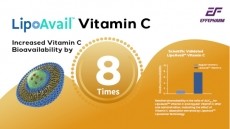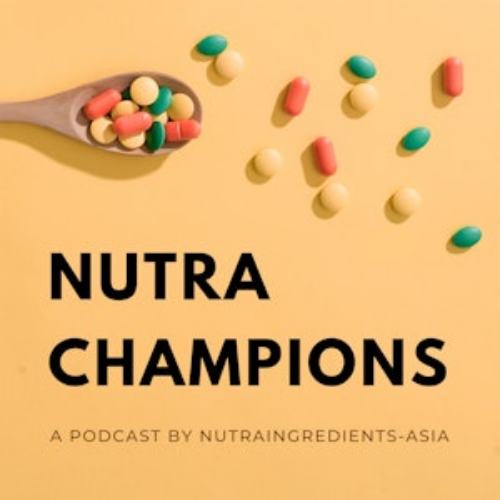Vitamin E supplementation combined with high doses of vitamin B6 and niacin shows promise in reducing cataract risk – study

Factors such as ageing, smoking, diabetes, and ultraviolet exposure are linked to the development of cataracts.
As vitamins are crucial for countering oxidative stress, a fundamental trigger in cataract formation, addressing modifiable risks, particularly through dietary adjustments, could mitigate the onset or severity of cataracts.
To elucidate the correlations between consumption of vitamins E, B6, and niacin (B3) and cataract prevalence, a study utilising data from the National Health and Nutrition Examination Survey (NHANES) 2005-2008 was conducted in China.
Specifically, data from 7,247 participants were analysed.
Varying levels of vitamin E, B6, and niacin intake were segmented into quartiles — Q1 represented low vitamin intake, Q2 indicated normal intake, Q3 denoted moderate to high intake, and Q4 illustrated the highest intake.
For Q1 to Q3, no substantial association with cataract prevalence was detected for vitamin B6 and niacin.
However, higher intakes of vitamin B6 (p = 0.0073) and niacin (p = 0.0067) in the Q4 were significantly linked to a reduced likelihood of cataract occurrence.
Notably, a significant non-linear inverse correlation (p = 0.0087) between vitamin E intake and cataract risk was consistently observed across Q2, Q3 and Q4.
“Our findings indicate that increased consumption of vitamin B6 and niacin, together with regular vitamin E intake, may have the potential to delay or prevent cataract genesis. This suggests that a novel nutritional strategy focusing on supplementation of specific vitamins could be instrumental in reducing the risk of cataracts and preserving eye health.
“It lays the foundation for further studies, such as randomised controlled trials, to validate these findings, explore optimal dosages for maximum benefit, and investigate the effects of long-term supplementation,” the authors wrote.
Vital vitamins
Cataracts pose significant problems with its symptoms, including vision impairment, diminished contrast sensitivity, altered colour perception, and glare. Despite being largely treatable, the condition persists as a major cause of vision loss worldwide.
The ocular lens, composed of 63% water and 35% proteins, can turn opaque and lead to cataracts under various stress conditions and external factors.
The antioxidant properties of vitamin E are widely recognised for their effect on the development and progression of certain eye diseases.
At the same time, the vitamin has been hypothesised to alleviate age-related cataract development by counteracting the photooxidation of lens lipids, and thereby preserving cell membrane integrity and functionality.
In addition, vitamin E is said to influence platelet aggregation, and stimulate protein kinase C (PKC), an important enzyme for regulating cellular events such as cell proliferation and gene expression.
However, previous studies have argued that vitamin E does not confer cataract protection in humans, even when administered at 400 IU three times weekly or daily, underscoring the challenge in identifying an optimal dosage.
“Therefore, advancing research into the different vitamin E variants is crucial to ascertain their potential benefits, and their prospective roles in cataract prevention and broader clinical applications.”
Niacin absorbed in the body is converted into its metabolically active form, nicotinamide adenine dinucleotide (NAD), a coenzyme vital for energy extraction from nutrients and maintaining genetic stability.
It is also crucial for the synthesis of glutathione in the lens, as glutathione acts as a primary antioxidant against oxidative damage.
“This emphasises the importance of maintaining adequate vitamin B3 levels to prevent oxidative stress-induced ocular diseases. Moreover, for individuals predisposed to genetic conditions, proper nutrition and antioxidant defense are vital for maintaining eye health.
“While high doses of niacin have been linked to lowered serum cholesterol and triglycerides and a decreased risk of myocardial infarction, they may also elevate the likelihood of cardiac arrhythmias. Considering the possible adverse effects, further research is necessary to delineate the appropriate dosage for therapeutic efficacy while ensuring safety,” the authors reiterated.
Source: Frontiers in Nutrition
https://doi.org/10.3389/fnut.2024.1406147
“The impact of vitamin E, vitamin B6, and niacin intake on cataract incidence based on NHANES 2005-2008 data”
Authors: Guo-Bin Zhuang, et al



















